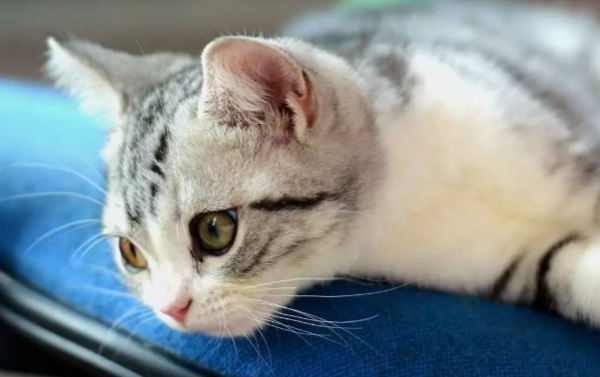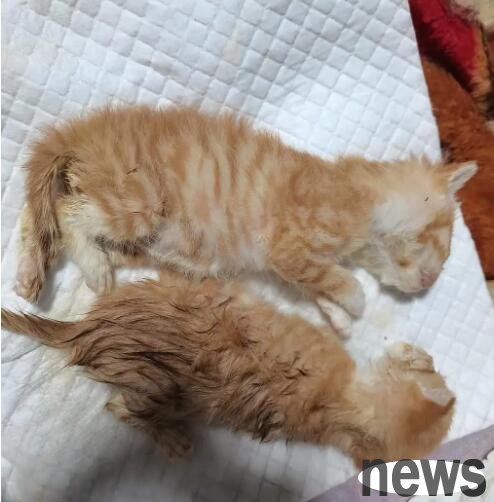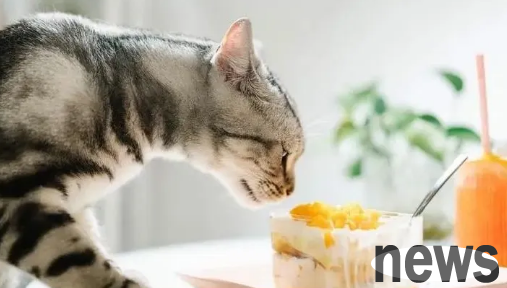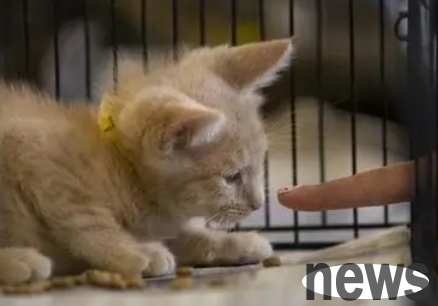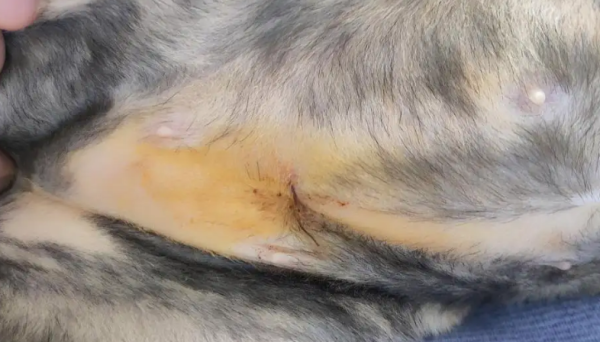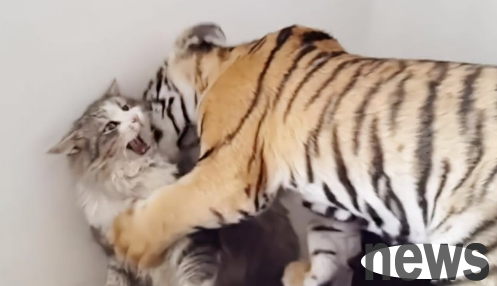What effect does the odor have on cats? The cat smells sensitively!
What impact does odor have on cats? Cats have a sense of smell that is far more developed than our phenomenon. Cats perceive and familiarize themselves with the environment through their sense of smell. At the same time, they search for food through their sense of smell. When cats are courting, they can smell the odors emitted by cats of the opposite sex hundreds of meters away, and can pursue them along this odor and connect with each other. Therefore, smell and smell have many effects on cats' life.
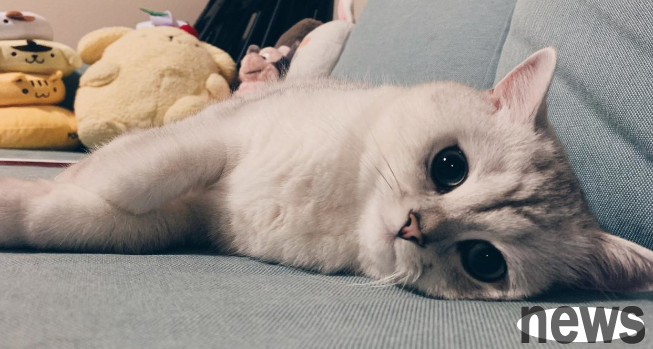
Cats like to rub their bodies against their owners, so that the smell of their bodies will remain on their owners for their own discernment. When you encounter a cat you don’t know, the first thing you do is to smell the scent of its nose and tail. If you “do not speak out”, you will “fight and feet intersect” and bite it. The winner will be calm, stand up and bow your back. The cat, who seemed to be losing, turned his back and defeated him.
The cat's sense of smell is achieved by the olfactory nerve distributed on the posterior nasal mucosa and the esphagic cell site. The olfactory mucosa is 20 square centimeters to 40 square centimeters, twice as large as a human. It contains more than 200 million olfactory cells, and can smell the musk smell diluted into one-in-one-million. When the odor enters the nasal cavity with the inhalation of air, it can stimulate the olfactory cells to cause excitement, which will be transmitted to the brain along the olfactory nerve to cause smell.
The cat's sense of smell has been highly developed when it is born, and the kittens show a strong tendency to avoid bad odors. It is very important that the sense of smell develops well at this time, and it allows young animals to find the nipples of the female cat. By day 3, each kitten will establish tendency to nipple, mainly using odor to discover and search for specific nipple along previous paths. When visual development (3 weeks old), smelling becomes less important.
For adult cats, smell is an important identification sign among cats - first face to face, then face to anus. The sebum-containing substances of the anal epithelium are unique to every carnivorous animal (only carnivorous animals have) and are similar to a human business card. Smells are also used to explore new environments. Certain odors can cause cats to react quickly. Some companies put some odorant in the garbage to prevent cats from eating the garbage, but the results are not good.
To summarize, the role of cats' sensitive sense of smell in their lives:
1. Cats living in the wild can first roughly determine the direction of their prey through their sense of smell, and then determine the direction of their hunting.
2. In daily life, domestic cats can judge where food is placed based on their sense of smell.
3. Cats will smell it before eating. They can distinguish spoiled, stale and toxic foods with their sense of smell.
4. When a female cat is in estrus, it can secrete a sexual secretion, while a male cat can find the female cat based on its sense of smell, mating, and reproduction. (Referring to life in the wild)
5. Newborn cats cannot open their eyes. They can find their mother's nipples through their sense of smell and drink milk.
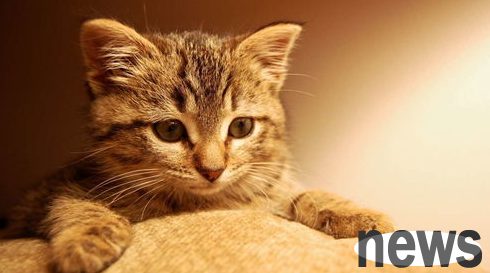
Scientists have summarized 14 chemicals from some different biological sources, including the effects of the odor of certain plants on cats. Studies have found that when cats smell it, they affect cats' behavior. The three major categories of these chemicals include 7methylcyclopropanediopyranone, 7methyl2-pyridine and 4methylbenzenefuran. Some of the more common plants include kiwi, oriental vines, valerian (dragon beard), cat thyme, honeysuckle, and catnip. Cats’ reaction to catnip is often thought to be associated with hallucination, because people suck catnip in a similar way to marijuana. Its active ingredient - cistransposyne neoligolactone is a monoterpene that can be detected when the concentration is 1/109.
When contacting catnip, the cat will smell it, lick it, chew it or eat it. When the head trembles, stare and drool, the cat may hold the catnip with its forelimbs and rub it with its head. Usually the skin on the cat's back will tremble. If the reaction increases, the cat will rub the body side. Sometimes excitement jumps can occur. The reaction may last 5-15 minutes, with an average duration of 2.7 minutes. The satisfaction lasts for 1 hour. What has been speculated but not confirmed is that catnip odor activates the central area associated with estrus behavior because its behavior is similar to that of female cats in estrus.
Cats vary greatly in individual responses to catnip, with about 30%-50% of cats completely unresponsive. Although the response is autosomal dominant, it can change with age and experience. Kittens who are less than February and are afraid and stressed will react less to mint. Erection prolongs reaction.




